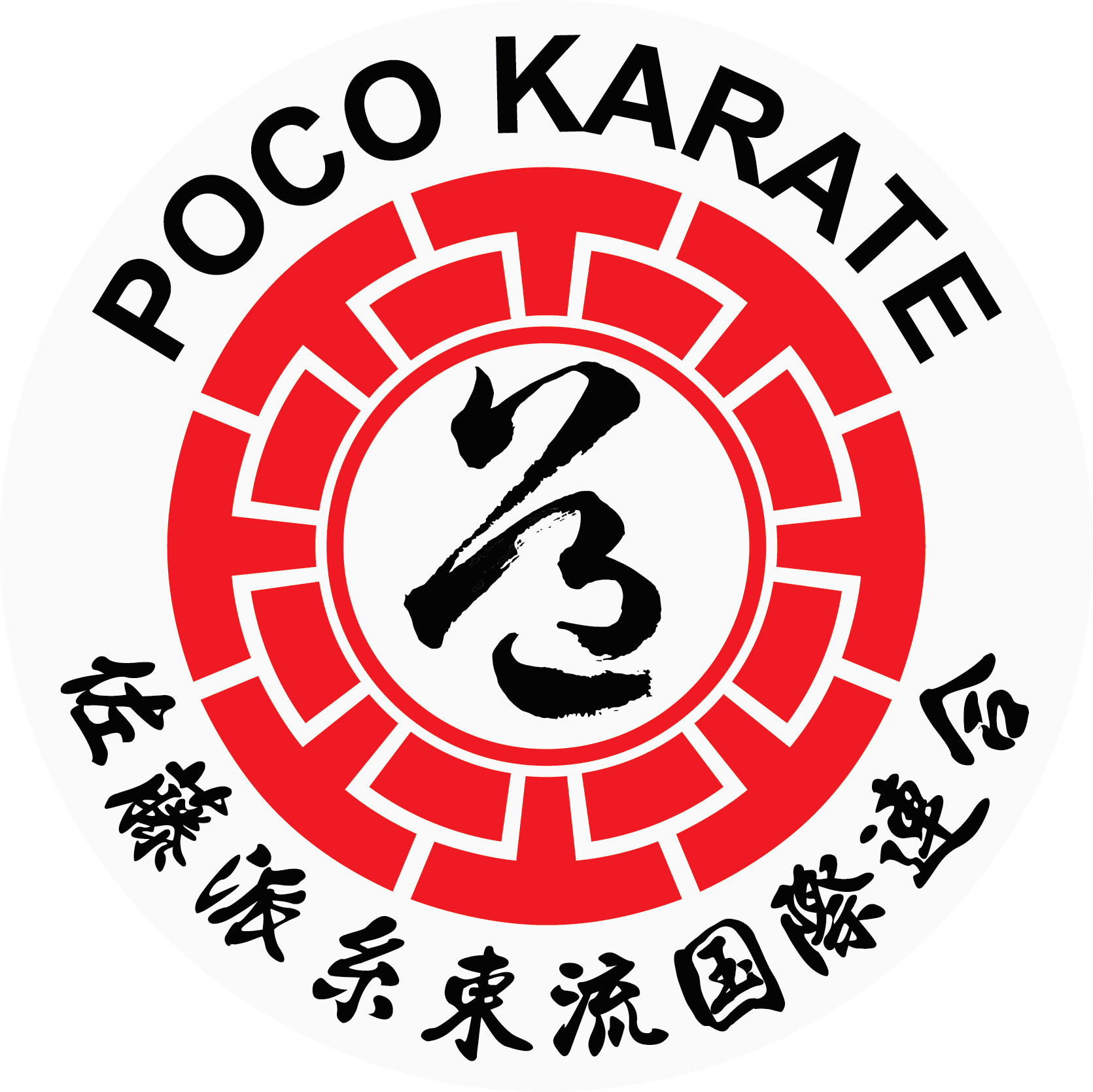The Science Behind the Karate Kiai (Shout)
- pocokarate
- Mar 15, 2024
- 2 min read
One of the most identifiable features of Karate is that Karateka (participants) often shout when executing techniques. This short, explosive utterance is known in Karate as a Kiai, which literally means "Unification of Energy". It is the act of taking everything you have and bringing it together at the same instant and delivering it as one.
In practical terms, we are taught that by training our voice, we will strengthen our vocal assertiveness and add one more non-violent option to our self defence toolbox. We train our kiai to coordinate our mental focus, visual concentration, muscular contraction, exhalation of breath, and vocalization. We are taught that there is a benefit to technique performance when a kiai is executed with strong intent and precision. From my experience in Karate, I would agree that the connection between fast, powerful, and precise technique, and a well executed kiai are undeniable.
Kiai provides an enormous boost to physical performance; and now recent studies are showing that there is a neural connection between our hand movements and our tongue movements which may explain this phenomena.
In the following PLOS ONE journal entry, researchers show a strong connection between specific vocalizations and mouth movements and specific types of hand movements.
The specific mouth movements of particular interest to Karateka are those that are performed at the back of the mouth where the aperture of the vocal tract remains relatively large. For example: [kα], [ke] and [hα] sounds. (All sounds that are made while allowing the free flow of exhalation.) These particular vocal articulations resulted in faster power grip responses. For example: The tightening of a fist from a relaxed hand position.
It's a fascinating connection that is theorized to have ancient origins in the connections between hand and mouth feeding behaviours, and later in the connections between language vocalizations and hand gesturing.
In my opinion, what we can learn from these findings is that the old Karate wisdom about executing a kiai to improve performance were relatively accurate, but can also be somewhat refined by this newfound understanding. A kiai should most definitely come form the back of the mouth with the vocal tract remaining large with no restriction of air flow. For example, no multiple syllable kiai shouts, unless you are doing successive, coordinated techniques with each vocalization. A kiai should also not be formed with any vocalization that is coming from the front of the mouth, as these sounds are associated with thumb-index precision grip responses and not with power grip responses.
Citation: Vainio L, Schulman M, Tiippana K, Vainio M (2013) Effect of Syllable Articulation on Precision and Power Grip Performance. PLoS ONE 8(1): e53061. https://doi.org/10.1371/journal.pone.0053061









Comments